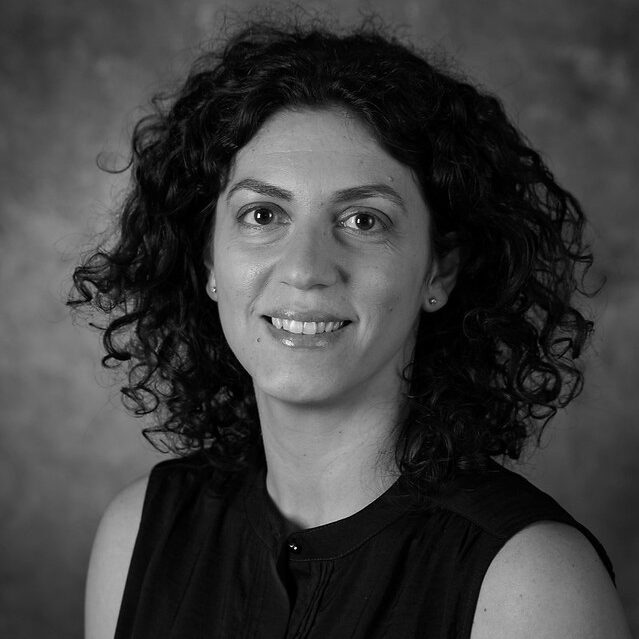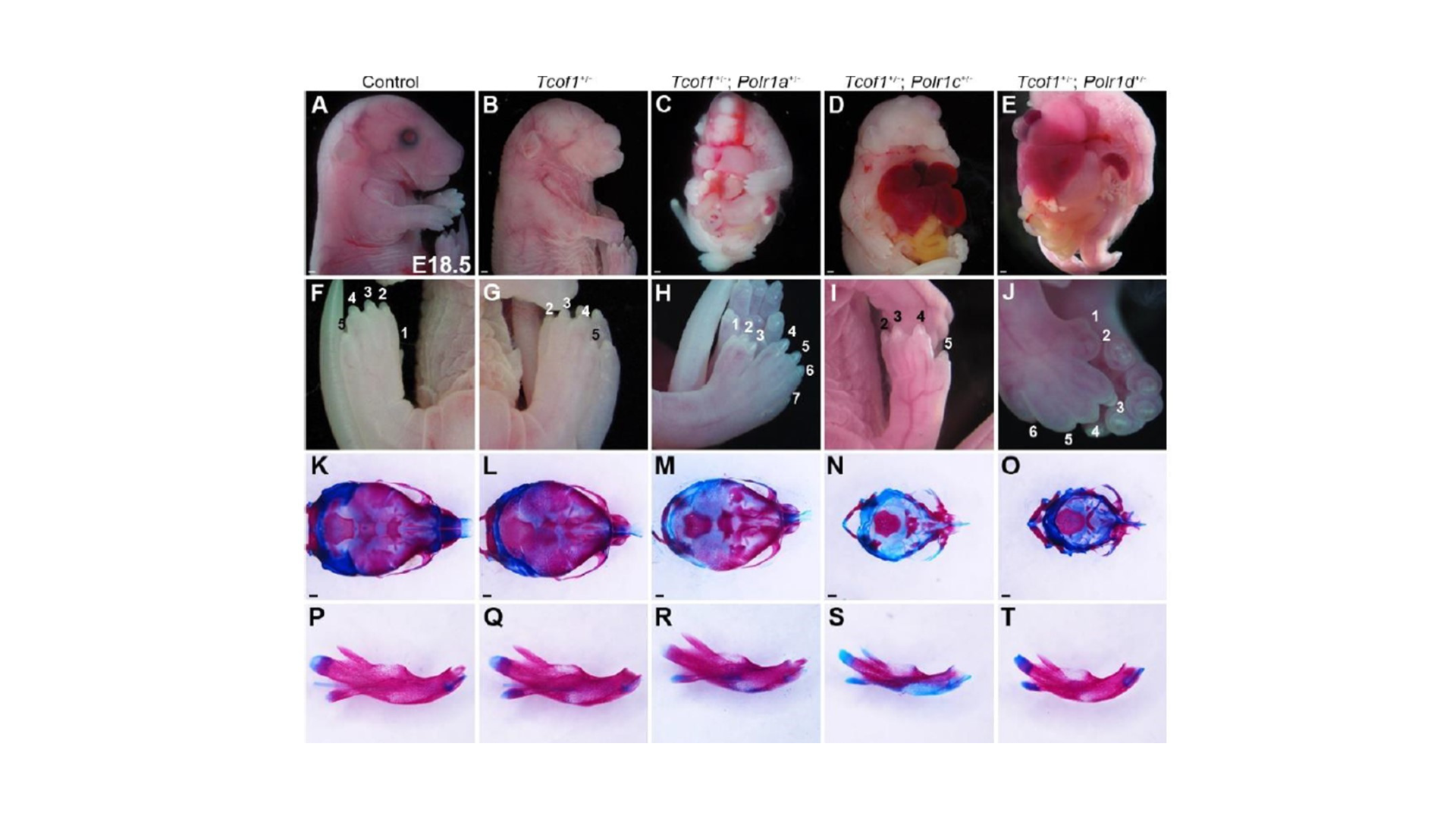September 2022
Congenital abnormalities affecting the face are commonplace, and they take a great physical and emotional toll on individuals and families. A recent study co-authored by Dr Annita Achilleos, Assistant Professor in Developmental Biology and Genetics at the Medical School, published in The Proceedings of the National Academy of Sciences (PNAS), has helped to shed light on the molecular mechanisms underlying some of these disorders by linking them to ribosome dysfunction. Ribosomes are required for all protein synthesis and are therefore absolutely necessary for the proper growth and survival of all cells in the body. In spite of the universal role of the ribosome, however, disruptions in the synthesis of ribosomes surprisingly lead to tissue-specific birth defects, collectively called ribosomopathies. The current study reveals a new molecular and cellular mechanism that governs the role of the ribosome specifically during craniofacial development.
Dr Achilleos said “the ultimate goal of understanding the mechanisms governing normal and abnormal craniofacial development is to eventually develop preventative therapies or, at the very least, therapies that diminish the severity of these pathologies for the infant.”
By disrupting the function of genes responsible for rRNA transcription and ribosome formation in mice, the researchers uncovered a cellular imbalance between rRNA transcription and ribosomal proteins that greatly impacted neural crest cells, the progenitor group of cells responsible for the formation of the majority of the craniofacial skeleton. Achilleos added “Our results show that during mouse development, Pol I-mediated rRNA transcription and protein translation are specifically elevated in neural crest cells, which give rise to bone, cartilage, and ganglia in the head and face. Using genetic mouse models, we were able to connect rRNA transcription and ribosome biogenesis to the development of neural crest cells, craniofacial development and craniofacial congenital defects at a genetic, cellular, and molecular level.”


